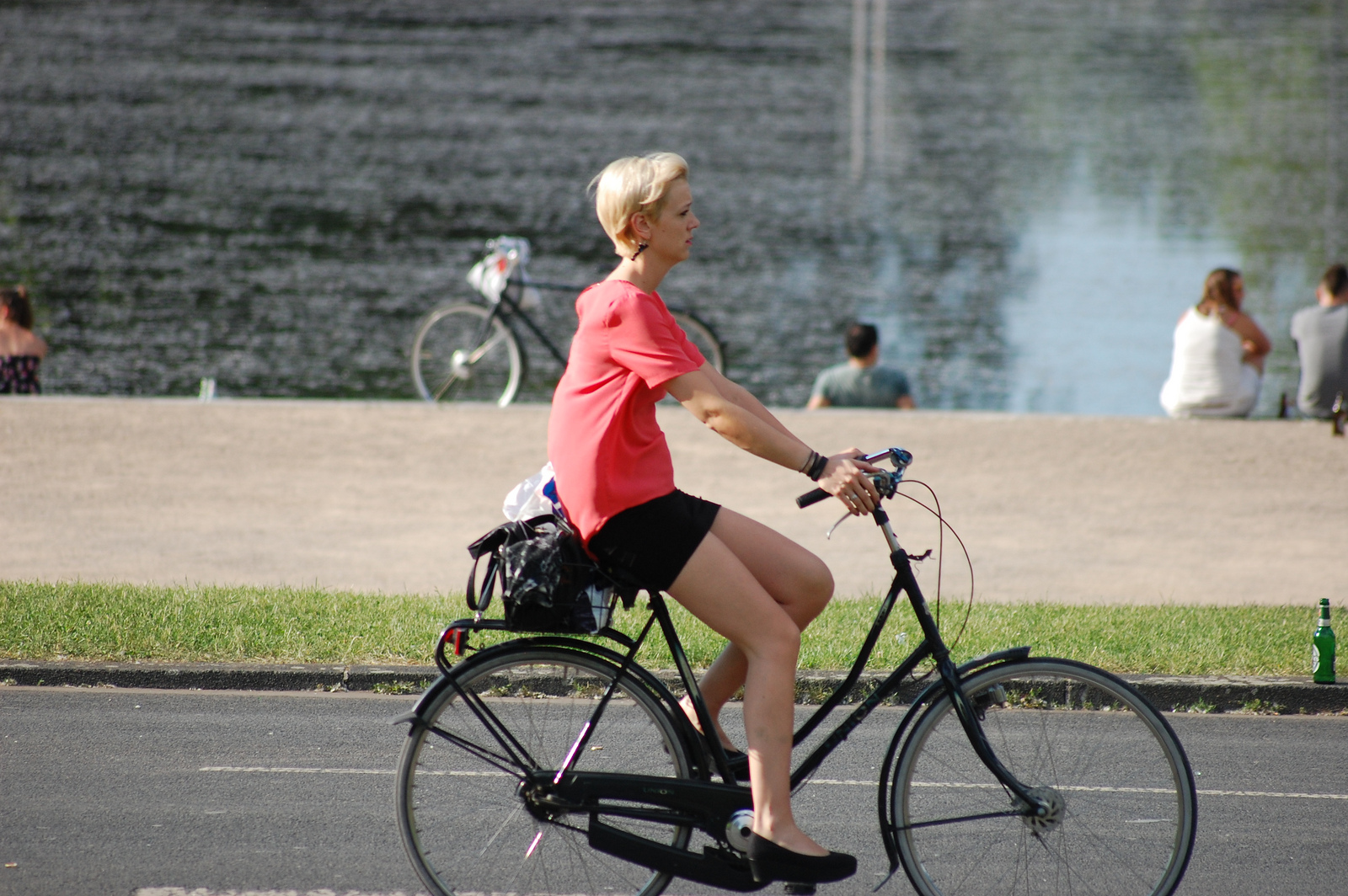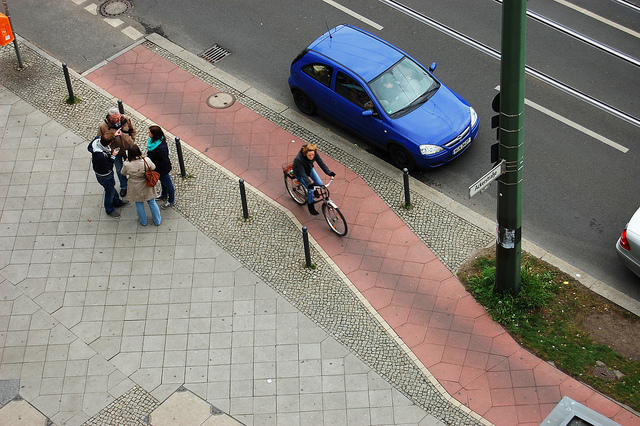
Cycling Solutions: Why Germany Has All The Answers
Germany's fast becoming one of Europe's most impressive (and largest) cycling nations. Time for bicycle advocates to take a trip across the Rhine, explains Fabian Kuester.
Whenever we think cycling, our thoughts always drift to the Dutch and the Danes. They seem to have all the answers. Yet neighbouring Germany should be a feast for any bicycle advocate yearning for expertise. Cycling in Europe's most populous nation is booming.
Even the national level has noticed the change. Late last year, the German government updated its 'Nationaler Radverkehrsplan' (National Bicycle Plan) which they've had since 2002. They announced, to much fanfare, that they want to see 15% of all trips done by bicycle by 2020. The Transport Minister may soon have to scrap the plan and aim even higher. Cycling already has a 14.5 % mode share up from 9.5 % mode share in 2002 to according to new figures (2011) released by Mobility Panel Germany.
'It's been a revolution from below,' explains Bettina Cibulski, spokesperson at ADFC, Germany's national cycling association, who believes that the national plan is more of a political response than an agent of change.
"Young, urban, well educated people have started cycling. And this group gives an example to the rest of the population, who have also started to cycle."
There's lots of figures to demonstrated this growth: in 2002, every person cycled on average 0.33 trips per day, in 2011 this was up to 0.5 trips. Extrapolated to the whole German population of 82 million, this means about 41 million cycle trips every day – or a stunning 14 million additional daily cycle trips compared to 2002. If we saw the same growth across the EU-27, it would mean an additional 80 million cycle trips. (Note that ECF wants to see 15% of all trips done by bike in Europe by 2020).
"Extrapolated to the whole German population of 82 million, this means about 41 million cycle trips every day"
There's even better news; the increase in daily cycling in Germany came mainly at the expense of car use which dropped from 57.3 % to 52.8 %. While walking faltered somewhat ( 23.8 % to 21.1 %), public transport saw an increase, up from 8.9 % to 9.9. %. The German case contradicts the widespread belief that an increase in cycling comes at the expense of public transport.
Cities Worth Watching
The beauty about looking to Germany for cycling solutions is that it has cities at just about every stage of development. While the Dutch complain about Rotterdam's 'measly' 25% modal share, Germany has perhaps a little more diversity, and relevance.
"We have 'the classical' cycling cities as Münster, Freiburg or Bremen. They all see more than a quarter of trips by bicycle thanks to a long tradition of cycling and pro cycling policies," explains David Greve, from ADFC.
"But the best cities to look at are maybe cities, which are 'on the jump', working hard to develop cycling, have their own budgets for cycling for staff in the municipality, for infrastructure and also for campaigns and have made ambitious plans to advance cycling in their cities. Examples include Munich, Frankfurt and Hanover."
Munich managed to increase cycling from 6 % in 1996 to 17.4% in 2011. Yet these cycling greats often have the limelight stolen by the capital, Berlin, which gets a lot of international media attention.
"Is the Berlin the best cycling city in Germany? We don't think so," says Greve.
"Berlin has an infrastructure plan and a special strategy to develop cycling. But there is only a high number of cyclists in the centre and special quarters of the city. Because of the long time tradition of car orientation it’s not easy to reach a change in the berlin transport policy - and also in the minds of the Berlin politicians"
Regardless of which German city is best, the country is worth studying. It's an economic powerhouse, with high levels of car ownership and cities of all different shapes and sizes. In fact, every second German owns a car, more than France and the UK, yet the country still sees more than five times as many cyclists. What's the secret? Well, you'll have to go there yourself and find out.
In the meantime, ADFC is expecting to see more cyclists:
"We think an average of 20% modal split in Germany is not a dream but possible within the next 5 to 10 years. In the cities, the number of cyclists may rise up to 40%."
 About the Author
About the Author
Fabian Küster is a Senior Policy Officer at the European Cyclists’ Federation. He has previously worked in Brussels for a German Member of European Parliament and the German Embassy. He has wealth of experience in and around the EU institutions, and is an expert in the EU policy field of bicycles
Contact the author
Recent news!
Upcoming events
Contact Us
Avenue des Arts, 7-8
Postal address: Rue de la Charité, 22
1210 Brussels, Belgium












